The snow leopard, a magnificent and elusive big cat, roams the cold and rugged terrains of Central Asia’s mountain ranges. Often referred to as the “Ghosts of the Himalayas,” these astonishing creatures have captivated the imagination of wildlife enthusiasts, conservationists, and scientists alike. But why are these majestic animals given such an ethereal moniker? This article explores the many facets of the snow leopard that contribute to its ghostly reputation, from its physical adaptations to its cultural significance.
Adaptations to the Alpine Environment
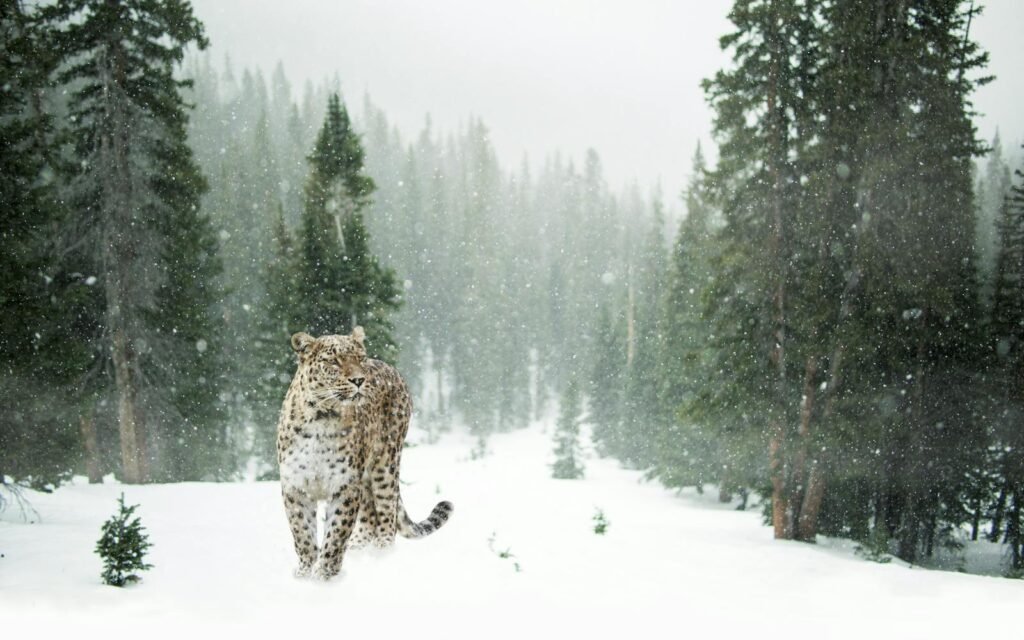
Snow leopards thrive in some of the world’s harshest environments. Their habitat stretches across the high-altitude regions of 12 countries, including the Himalayas, where temperatures can plunge well below freezing. These big cats are naturally elusive, thanks to their incredible adaptations. They possess thick, furry coats that provide insulation against the cold, while their wide, fur-covered paws act like natural snowshoes, allowing them to move silently across snowy terrains.
Master of Camouflage
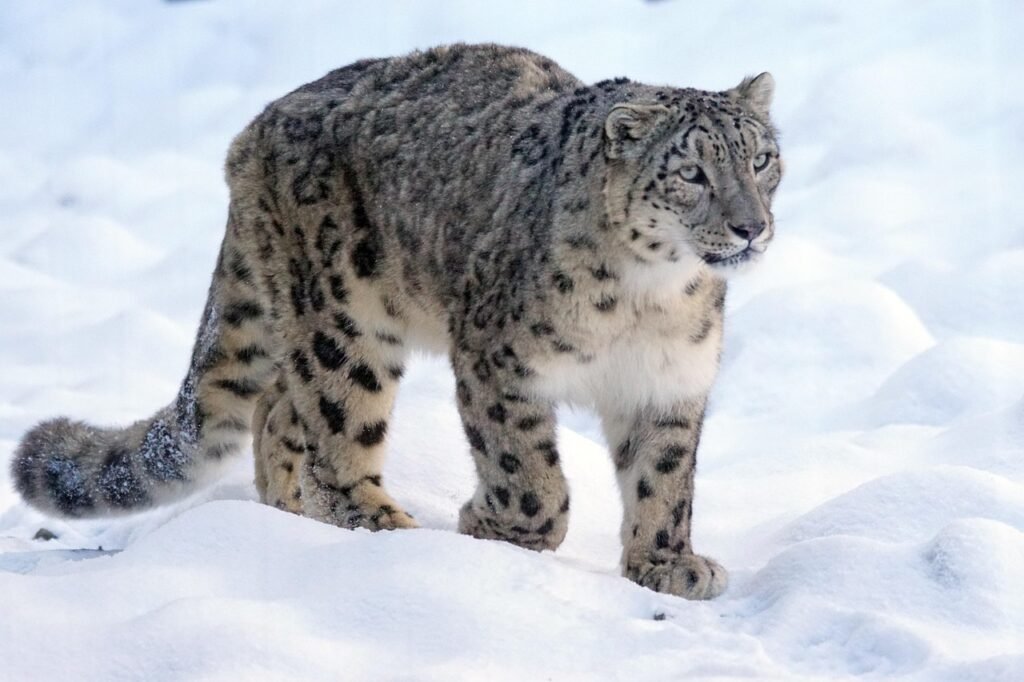
One of the key reasons snow leopards are called the ghosts of the Himalayas is their exceptional ability to blend into their surroundings. Their smoky-gray coats, speckled with black spots, function as perfect camouflage against the rocky and snowy landscape of their mountainous habitats. This not only aids in hunting but also makes spotting them an enormous challenge, even for seasoned researchers.
Elusive and Solitary Nature
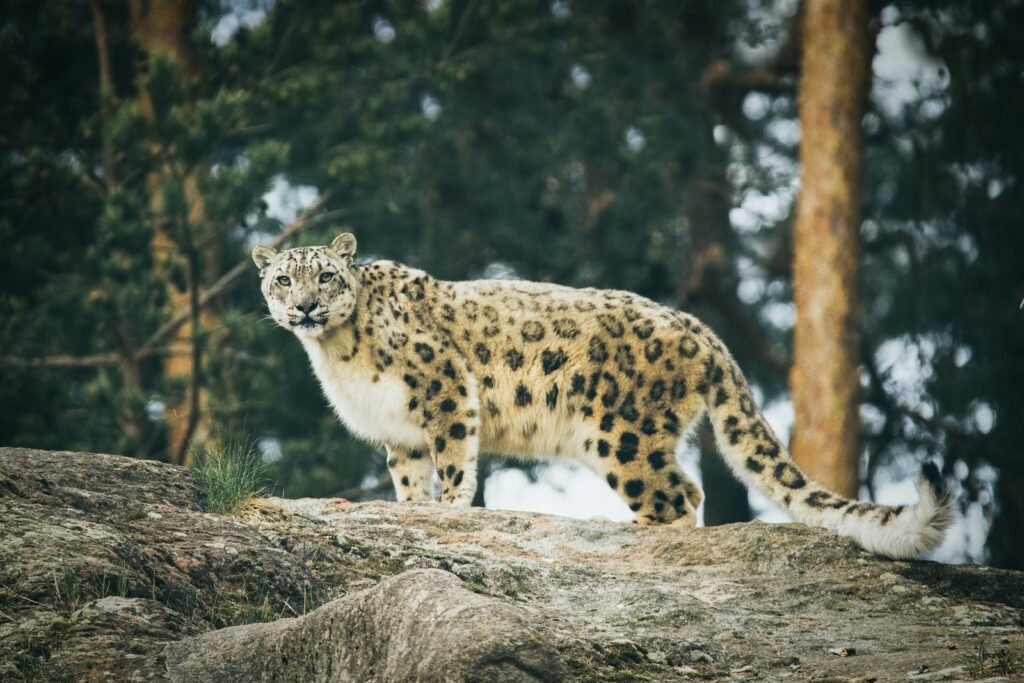
Snow leopards are solitary creatures, seldom seen in the wild. Their elusive nature adds to their mysterious reputation. Unlike other big cats, snow leopards don’t roar, further adding to their ghost-like mystique. They communicate via soft mews, churrs, and growls when necessary but generally remain silent as they roam vast territories.
The Hunt: Stealth and Precision
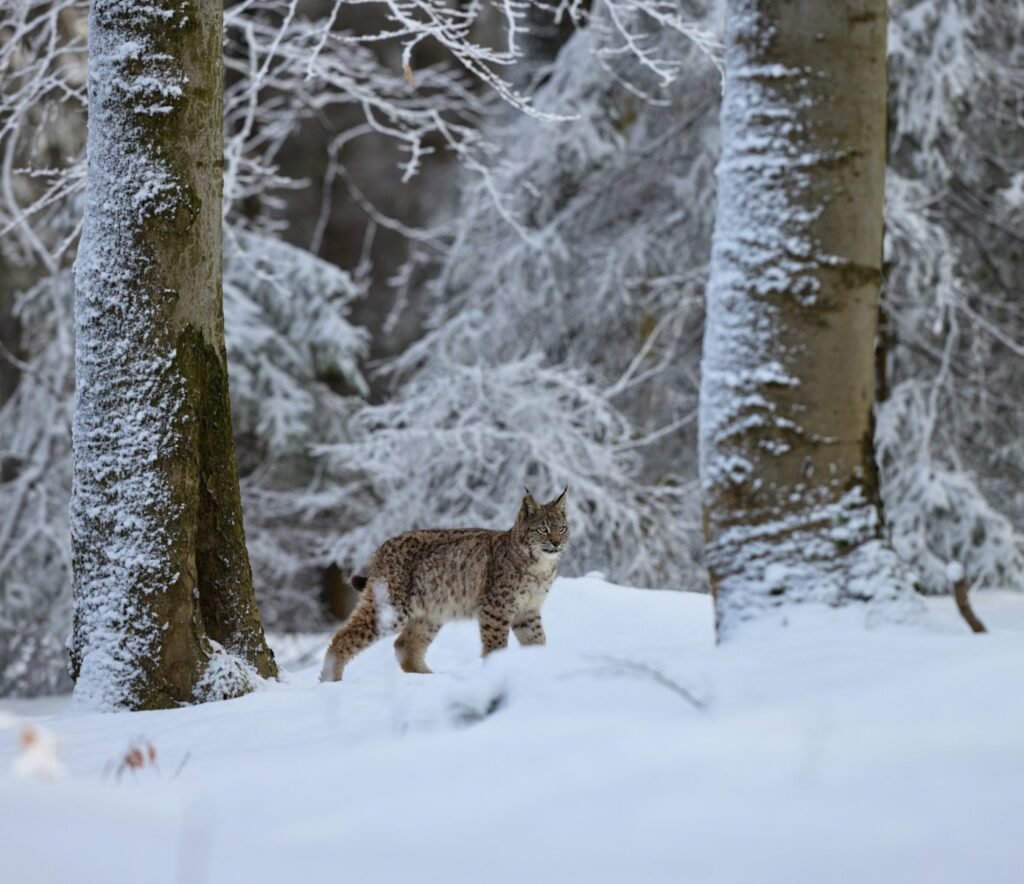
As apex predators, snow leopards hunt with remarkable stealth and precision. Their ghostly patience allows them to stalk prey such as blue sheep and ibex for hours, or even days, before launching a surprise attack. They are capable of leaping up to 50 feet, helped by their powerful hind legs, to ambush prey from a distance.
Cultural Significance and Mythology
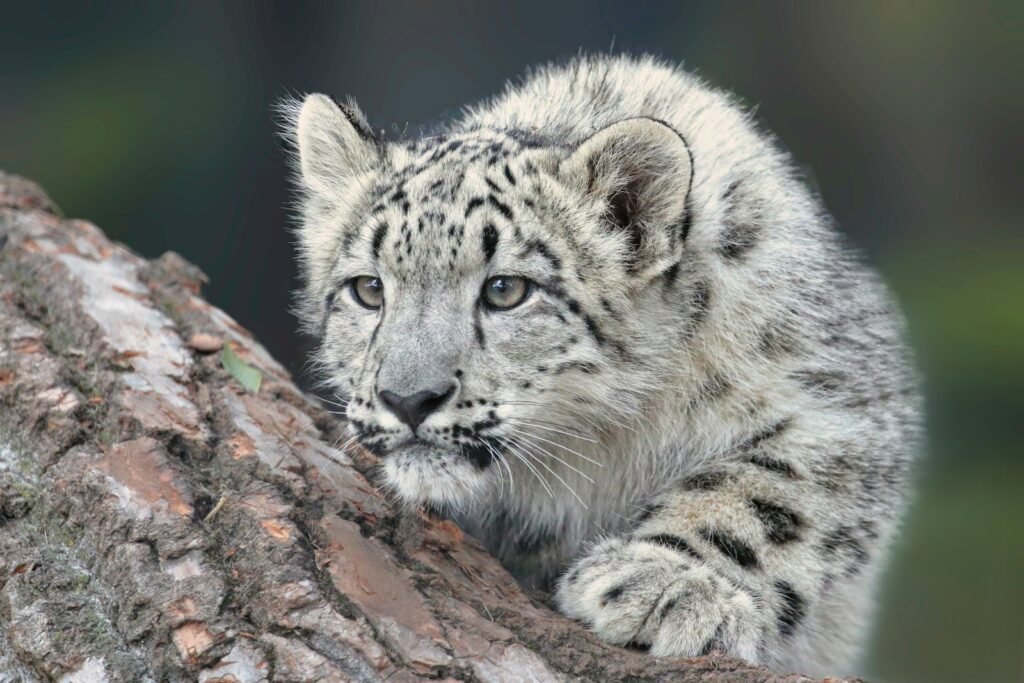
In the cultures of the Himalayan region, snow leopards hold an almost mystical presence. They appear in local myths and folklore, often regarded as symbols of solitude, strength, and mystery. This cultural reverence contributes to their mythical status as the “ghosts” of the mountains, revered yet rarely encountered.
Conservation Challenges
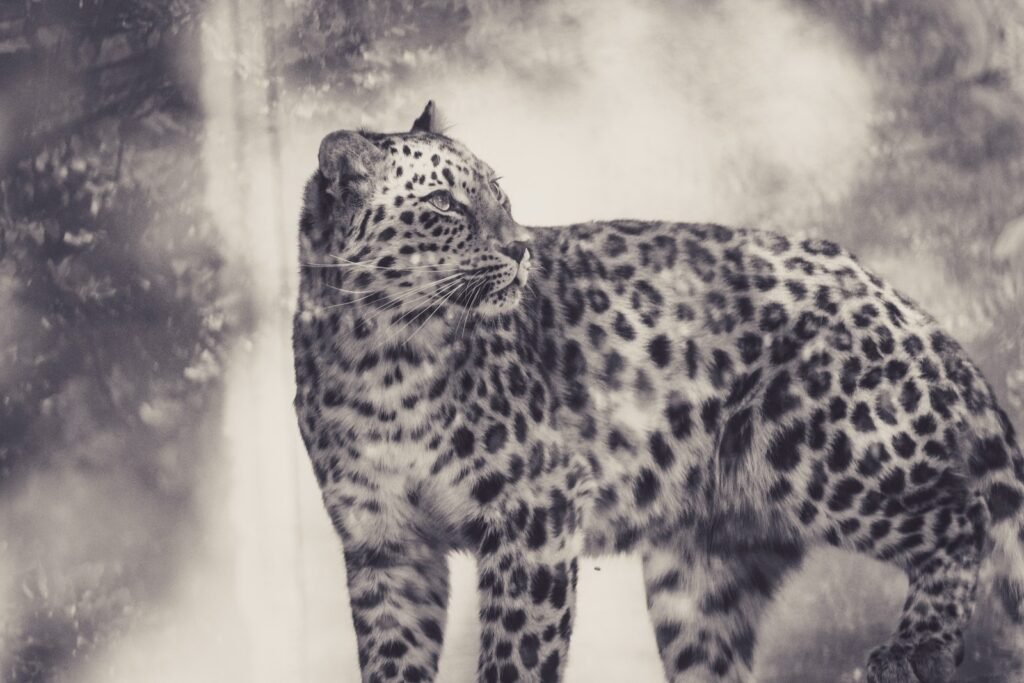
Despite their ghostly ability to stay hidden, snow leopards face significant conservation challenges. They are listed as vulnerable due to threats like habitat loss, poaching, and human-wildlife conflicts. Protecting their natural habitat is crucial, but their elusive nature makes monitoring their populations and behavior difficult, complicating conservation efforts.
International Conservation Efforts
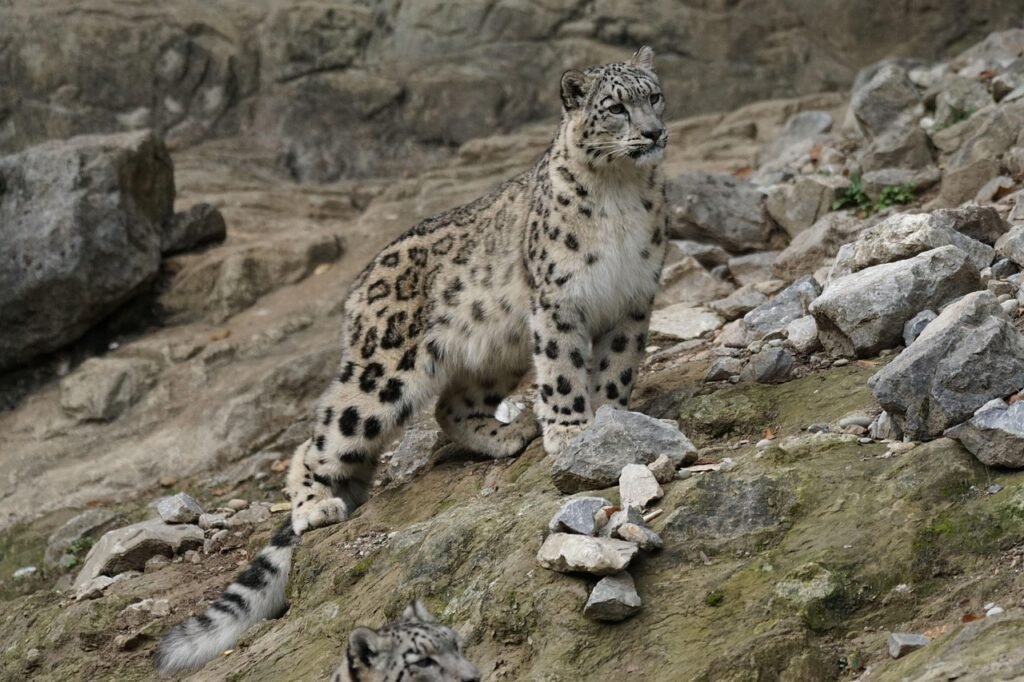
Various international organizations and governments are working to preserve the snow leopard population. Efforts include establishing protected areas, anti-poaching strategies, and community engagement projects in local communities. Success stories have emerged, but the road to ensuring the survival of this ghostly cat remains long and challenging.
The Role of Technology in Conservation
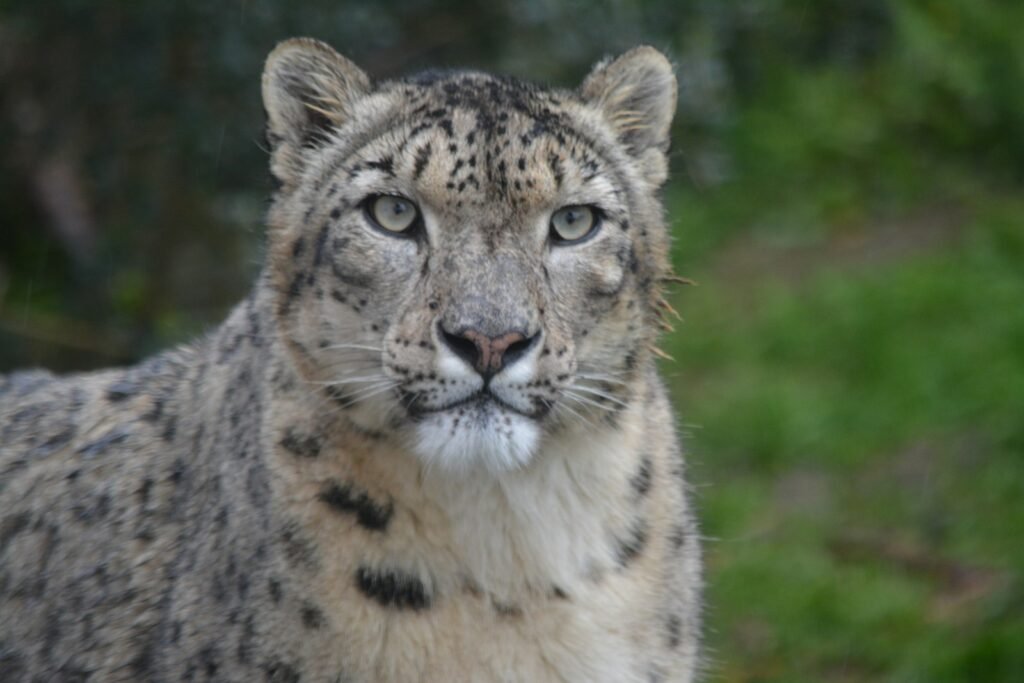
Technology is playing an increasingly vital role in snow leopard conservation. Camera traps, GPS collars, and drones are used to track and study these elusive creatures without disturbing their natural behaviors. These innovations help scientists gather crucial data about snow leopard populations, their habits, and the terrain they inhabit, bolstering conservation efforts.
Conclusion: Ensuring a Future for the Ghosts of the Himalayas
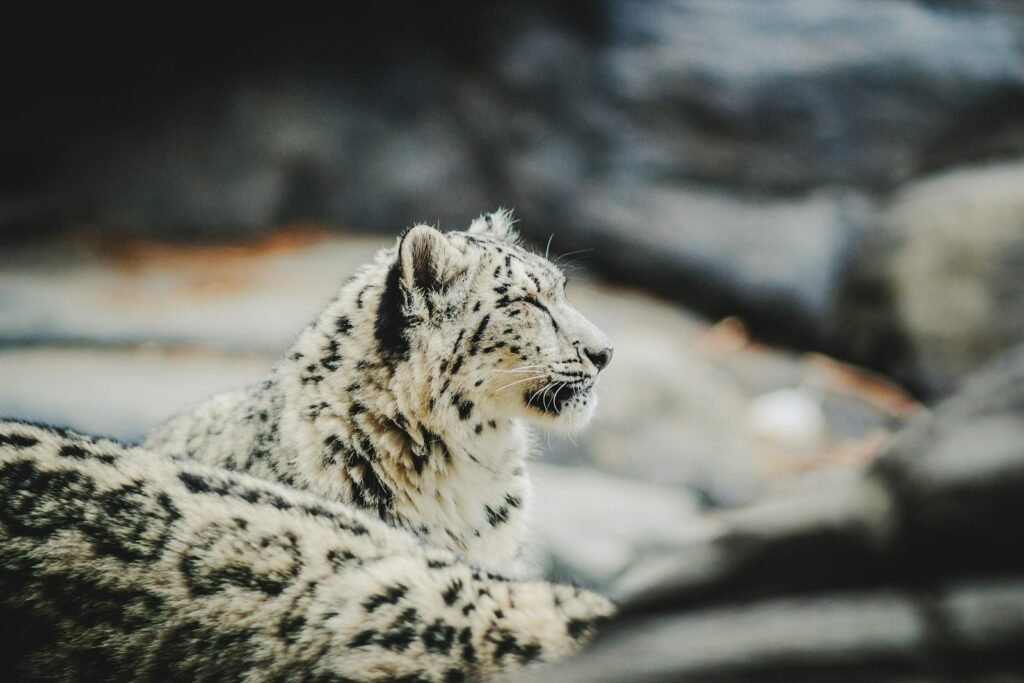
The name “Ghosts of the Himalayas” perfectly encapsulates the enigma that is the snow leopard—an incredible survivor of altitude and climate, almost spectral in its elusive presence. Through a combination of scientific research, technology, and community involvement, there is hope to prevent these magnificent creatures from fading away into history. The continued allure of the snow leopard lies in its mystery and the ongoing commitment to preserving its rightful place in the wild.

Growing up traveling and experiencing new cultures and wonders, I have had a passion for nature, adventuring, photography, and videography. I am currently working towards a BSc in Biodiversity and Ecology at Stellenbosch University, and I hope to specialise in Marine Sciences one day.
Please send any feedback to Feedback@animalsaroundtheglobe.com






